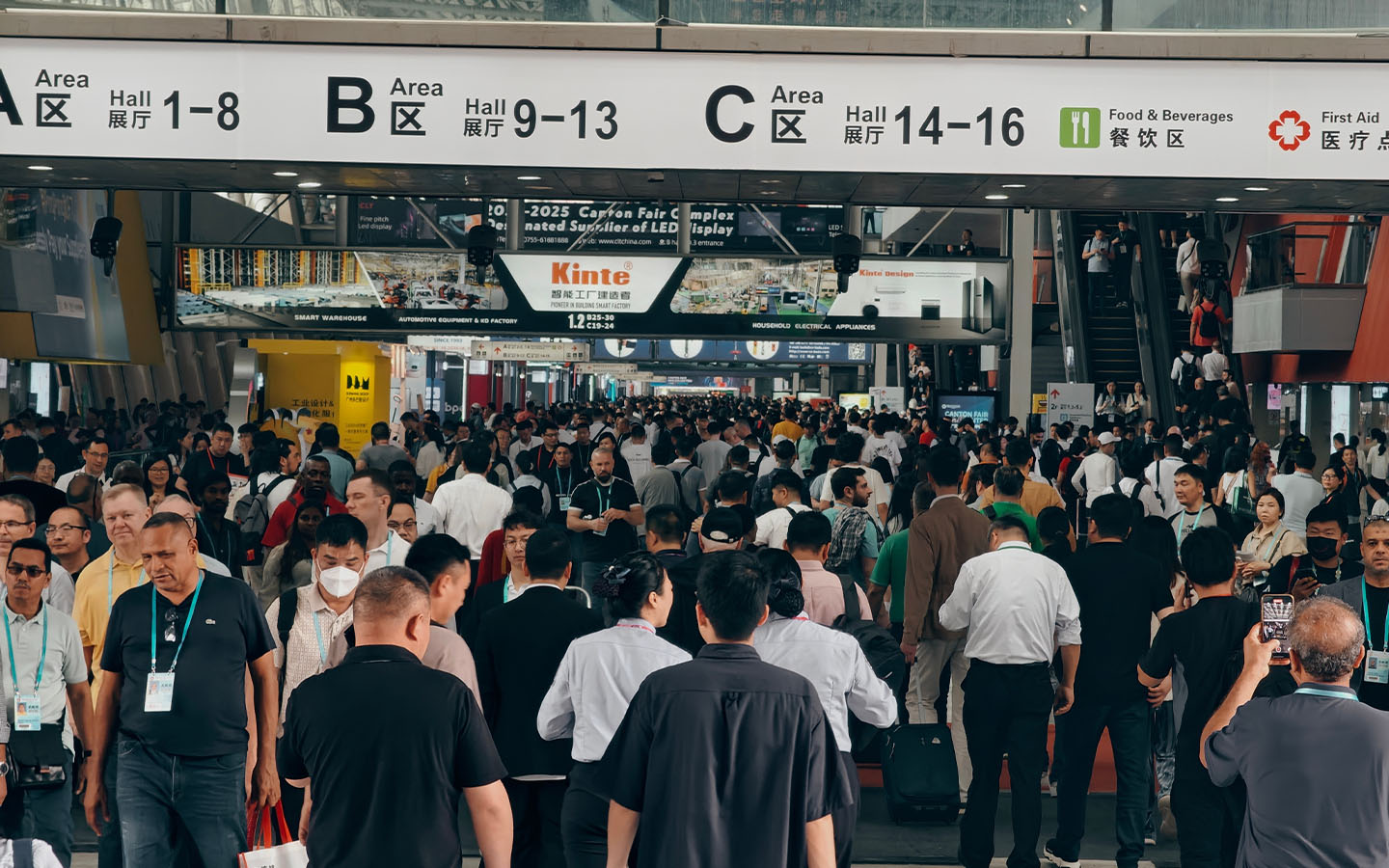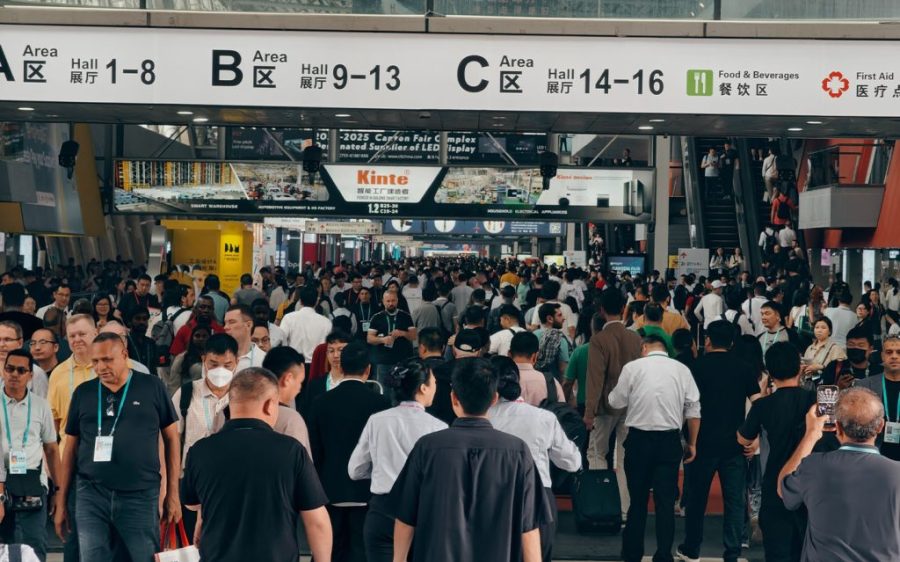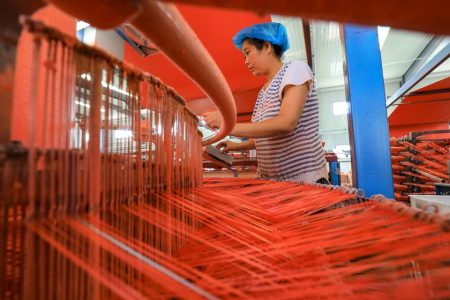The three-week spring edition of Canton Fair saw the number of visiting overseas buyers increase by 17.3 percent year-on-year to almost 289,000, despite the US trade war on China and its repercussions for global supply supply chains, the South China Morning Post reports. The fair wound up on Monday.
The surprisingly robust turnout helped transactions rise by 3 percent compared with last year, to US$25.44 billion. Exhibitors and analysts have noted that the fair’s performance has improved confidence in the mainland’s export sector and the public’s faith in the country’s ability to weather a lengthy trade war.
While US attendees were scant on the ground, the Post observed that most of this edition’s buyers hailed from emerging markets involved in China’s Belt and Road Initiative (BRI) – 65 percent, according to official figures.
[See more: California’s governor pushes for continued China trade despite Trump’s tariffs]
BRI countries accounted for more than 60 percent of the total transaction volume, which still remained below the US$29.3 billion earned in 2019’s autumn edition – the last fair to take place prior to the Covid-19 pandemic.
David Wong, a lecturer at the Hang Seng University of Hong Kong, told the Post that these were mostly small-to-medium-sized retailers looking to cut out the middleman through placing direct orders with Chinese suppliers.
However, one such supplier warned that purchasing power in emerging markets could be hard to predict and that uncertainties remained.
[See more: Beijing announces measures to protect workers in the face of Washington’s trade war]
“Many buyers are only requesting samples,” said Miya Chen, a sales manager with electronic massage device maker Xiamen Comfier Tech. “They still need to return to their local markets to conduct testing and study distribution channels. This is just the beginning of a long development process.”
Lighting exporter Liang Xiong echoed Chen’s concerns: “It is important to note that profit margins on orders from emerging markets are generally much lower than those from US clients,” they told the Post.
China’s exports managed modest growth in the first quarter of this year, but the increase was driven by importers front-loading orders. US President Donald Trump’s tariffs of up to 145 percent on most Chinese goods only kicked in in April, meaning the second quarter will reveal the true impact of the hikes.
Inaugurated in 1957, the Canton Fair is considered to be the biggest trade show in China, with the event scheduled twice a year in Guangzhou. It has been dubbed a barometer of China’s foreign trade.






